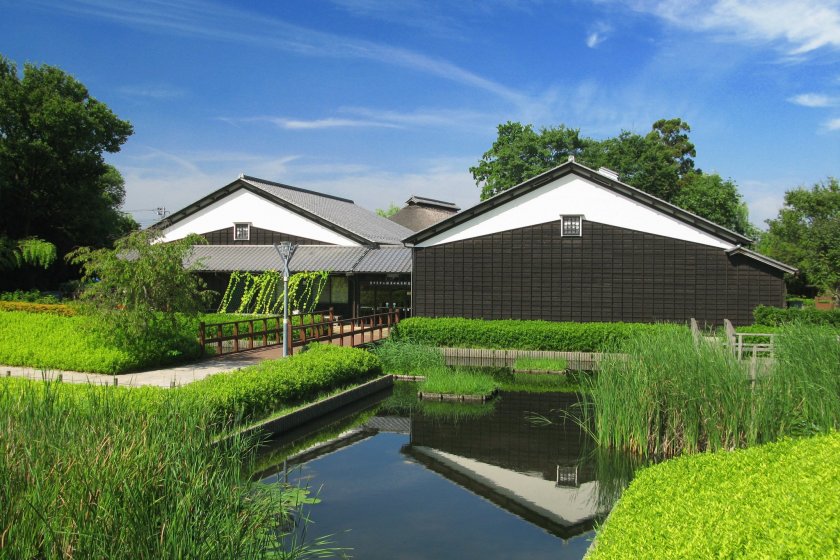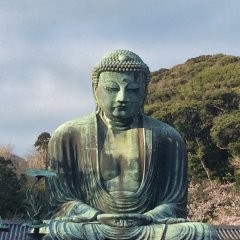Overview
Saitama Prefecture is often regarded as primarily a convenient and economical home base for commuters into Tokyo. True, many of the pleasant suburbs are within easy commuting distance of major Tokyo centers. Some of the Saitama suburbs have preserved antique buildings that local residents called home. Here is a selection of Saitama’s grand estates and farmhouses open to the public.
Former Nakamura Residence
A stroll west around the lake at Koshigaya Laketown takes you to a small park surrounded by a modern residential area. One house stands out with its decorated gables and steeply pitched roof. The Former Nakamura Residence is a restored Edo period house that was a center of trade and governance in the district. Don’t miss this 400-year-old time capsule. Admission is just Y100.
Omanocho Nakamura Residence
Another Koshigaya City historical house is the Omanocho Nakamura Residence. This stately country manor of the Taisho era is a 15-minute walk from Gamo Station on the Skytree Line. Step back in time through the nagayamon gate. You’ll find a farmhouse with a well-appointed kitchen, and kura storehouses with antique farm equipment and household goods.
Koma old Town House
The former residence of a leading family of what was Koma District, now part of Hidaka City, overlooks Kinchakuda Park. The house hosts various seasonal events including hinamatsuri doll displays and concerts. The house is about a 12-minute walk east of Koma Station on the Seibu Ikebukuro Line. Admission is free.
Former Tanaka Residence

The residence of the industrialist and politician Tanaka Tokubei is recognized as a nationally important cultural property. The Former Tanaka Residence, a three-story western house built in 1923, features a brick and stone facade. The attached sukiya style house, tea room, and strolling garden fuse elements of western architecture with classic Japanese style. The Former Tanaka Residence is about a six-minute walk from Kawaguchi-Motogo Station on the Saitama Rapid Line.
Nanbata Castle Park
In the Warring States period of the 16th century, Nanbata Castle fell and all that remains today is moats and earthworks. The city of Fujimi has carefully preserved the site and also relocated three 19th century merchant and farmhouses here. In the residential zone of the castle site, visitors can slip back in time to the Meiji era. The park is 30 minutes by bus from Tsuruse Station on the Tobu Tojo Line.


























